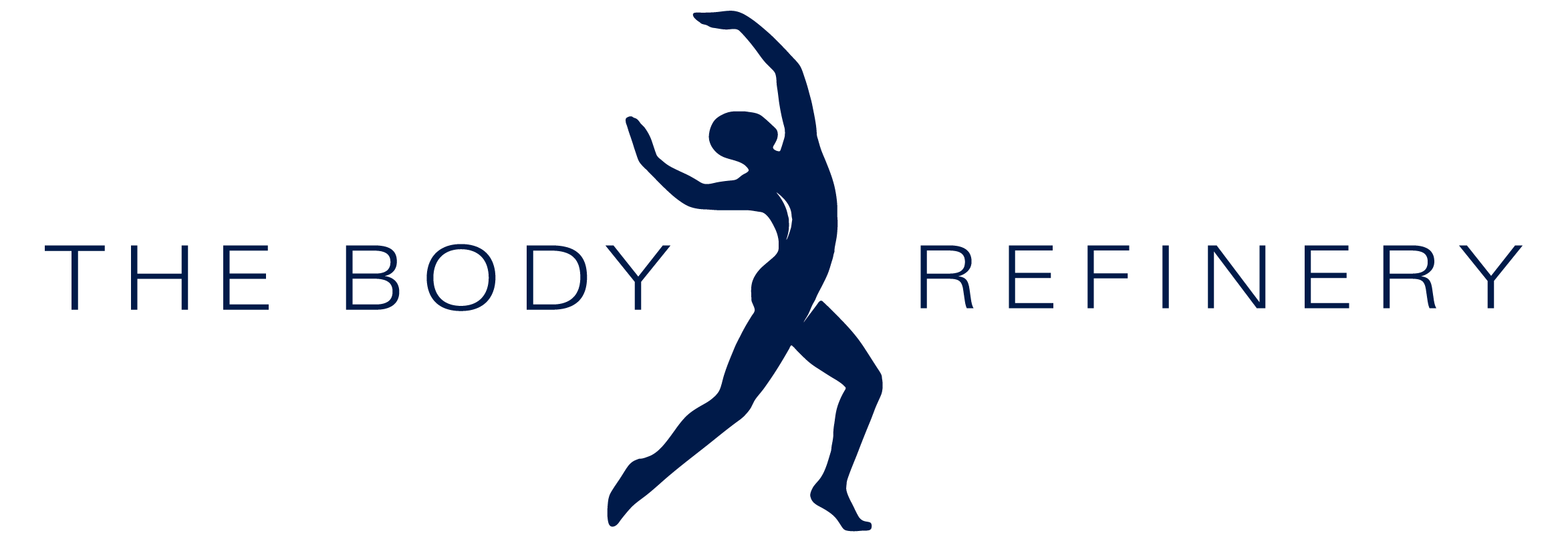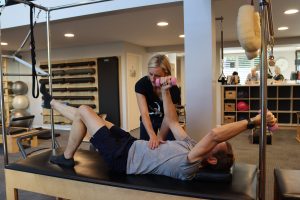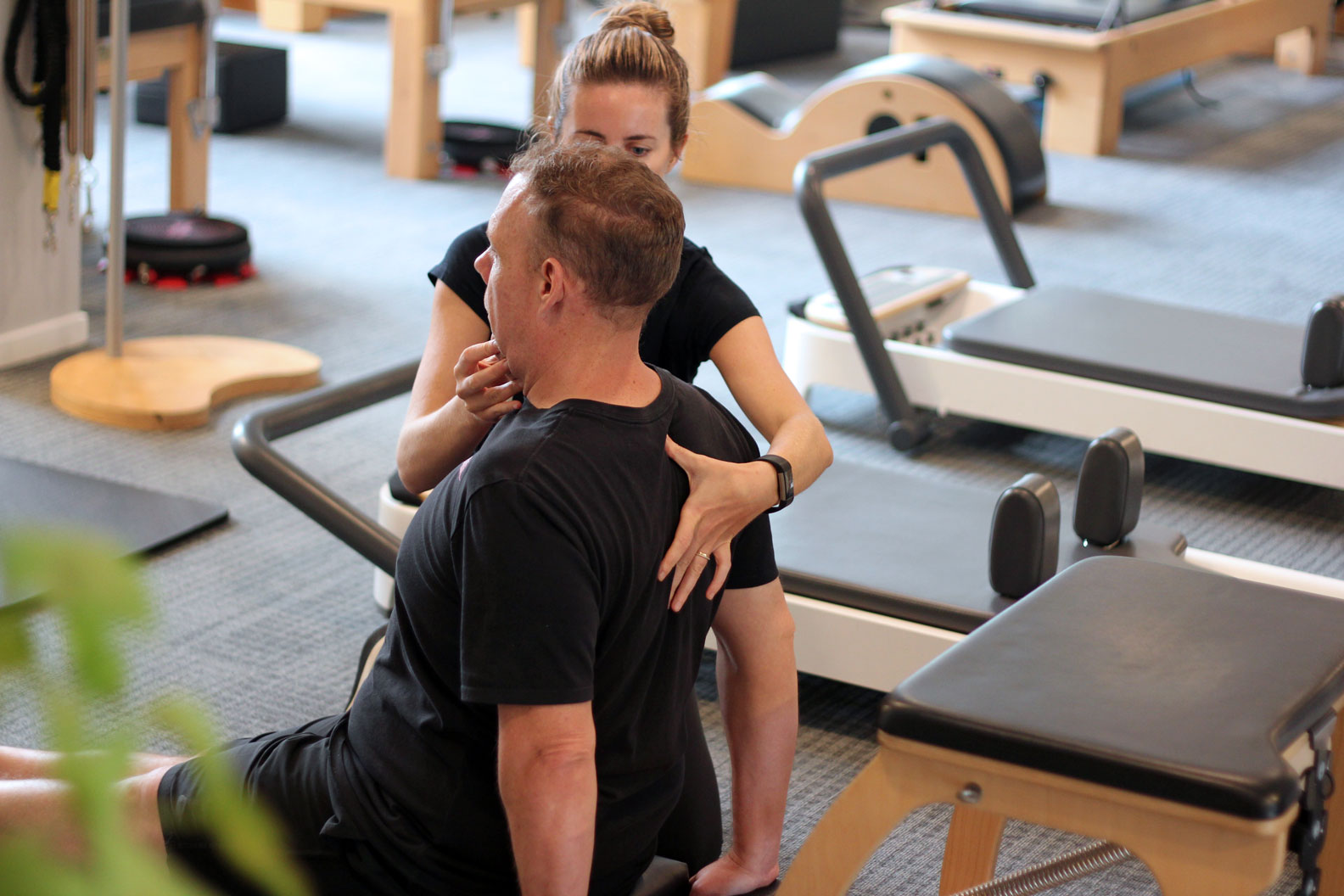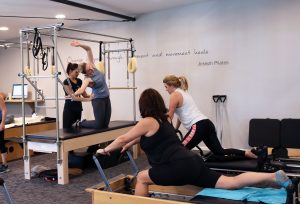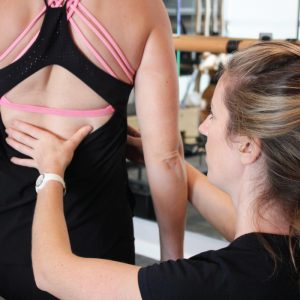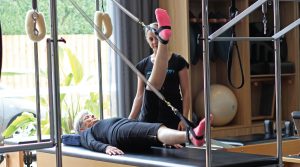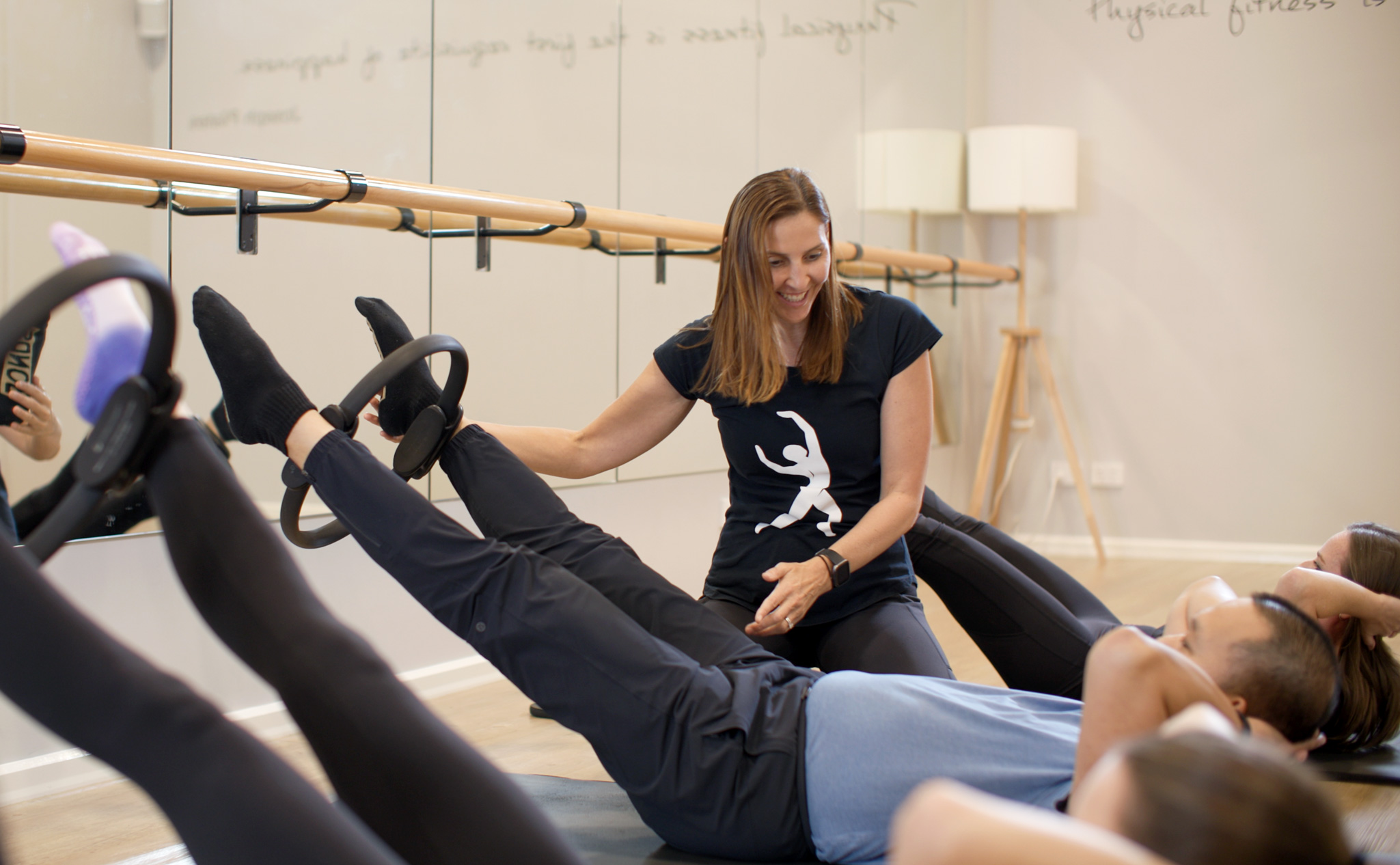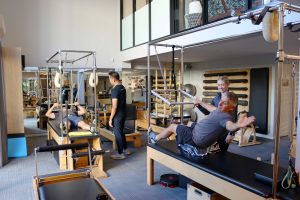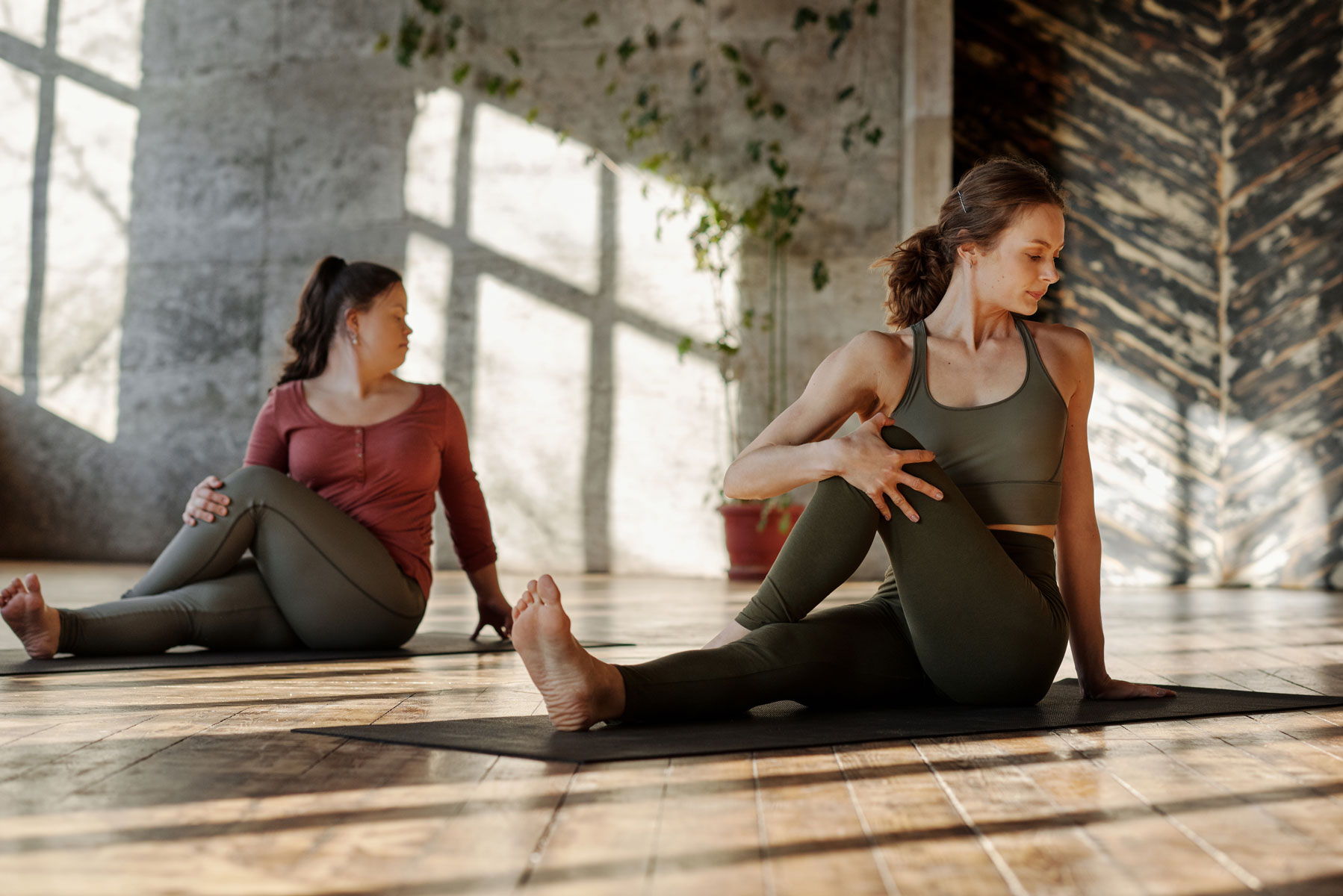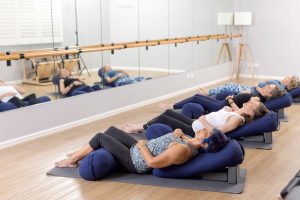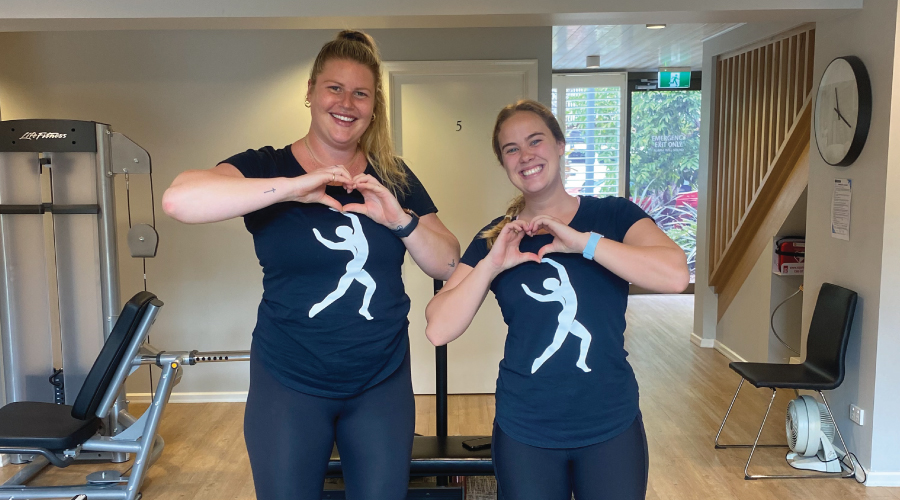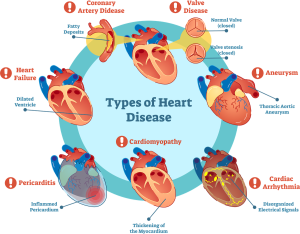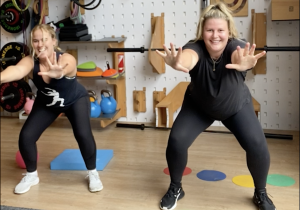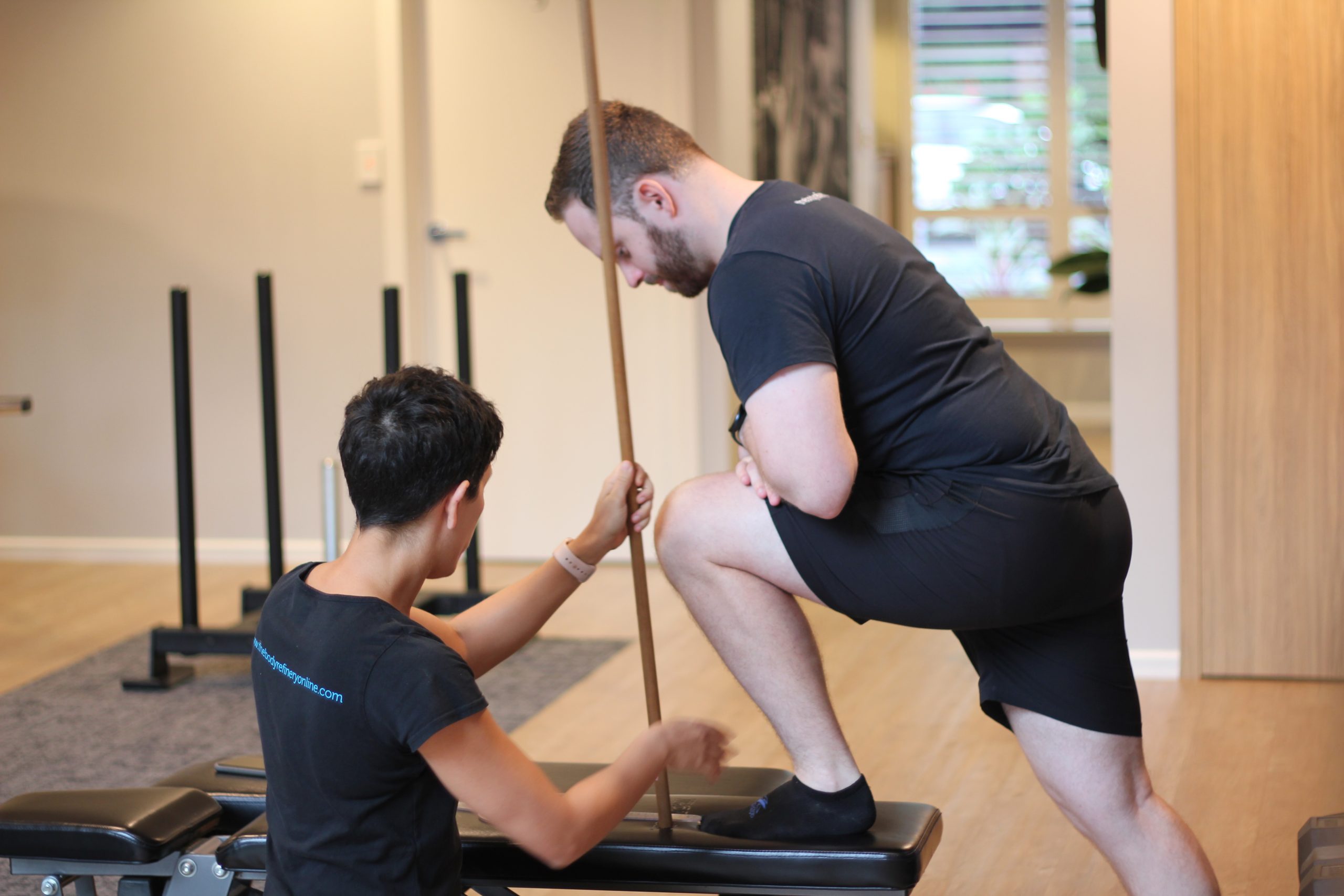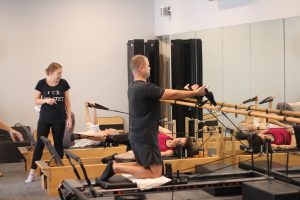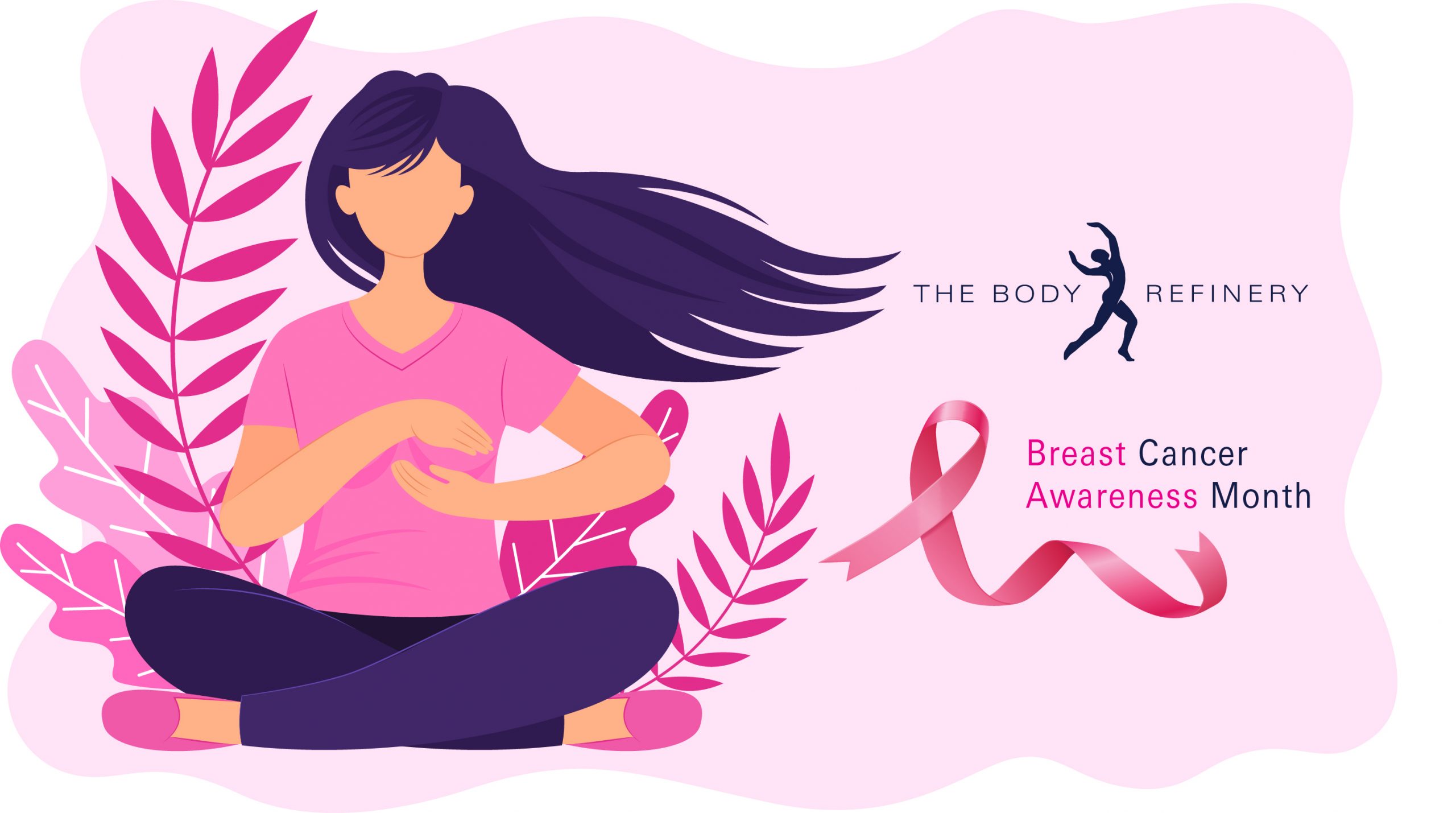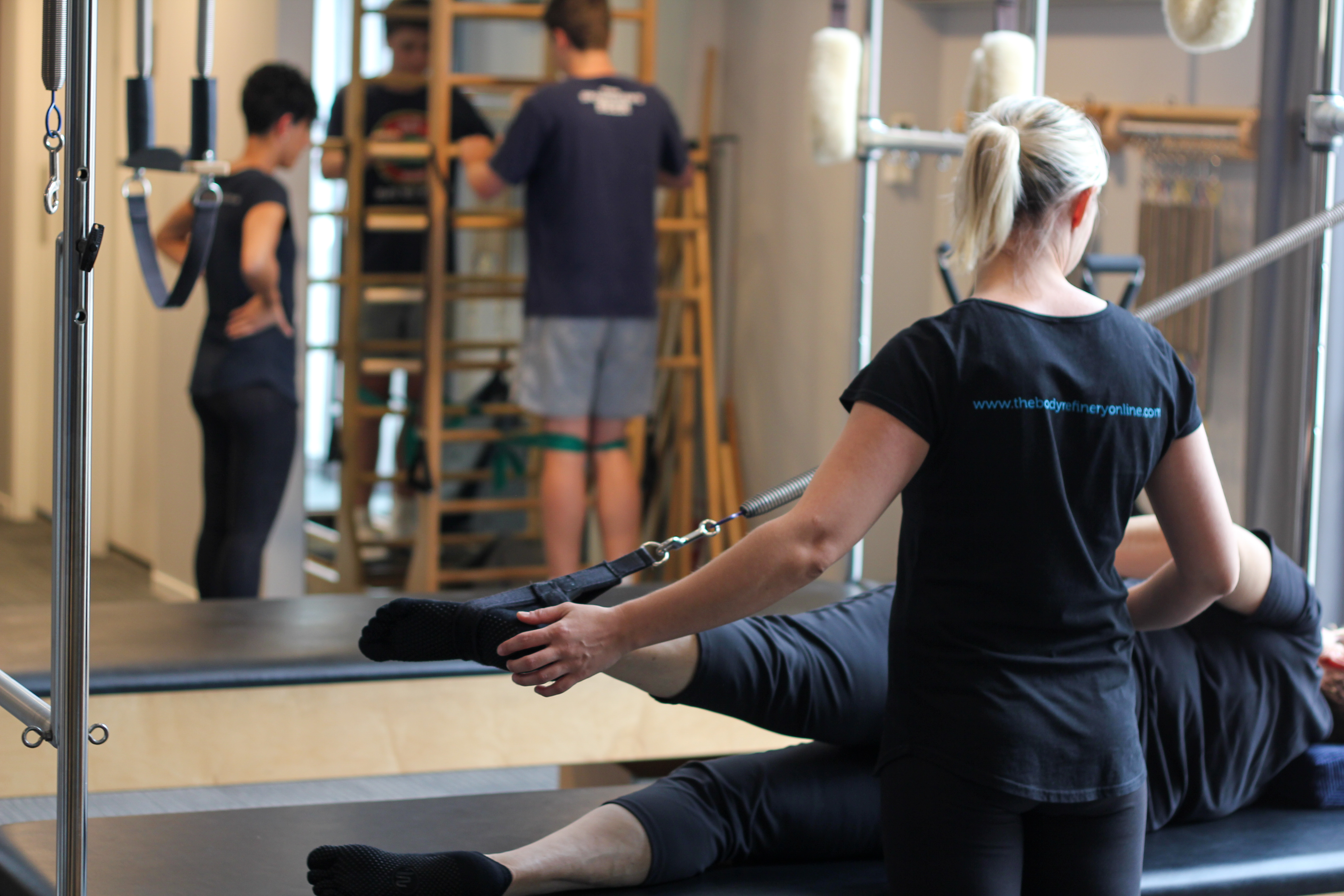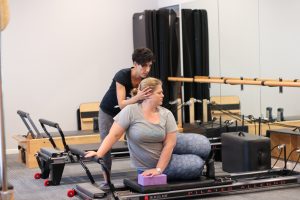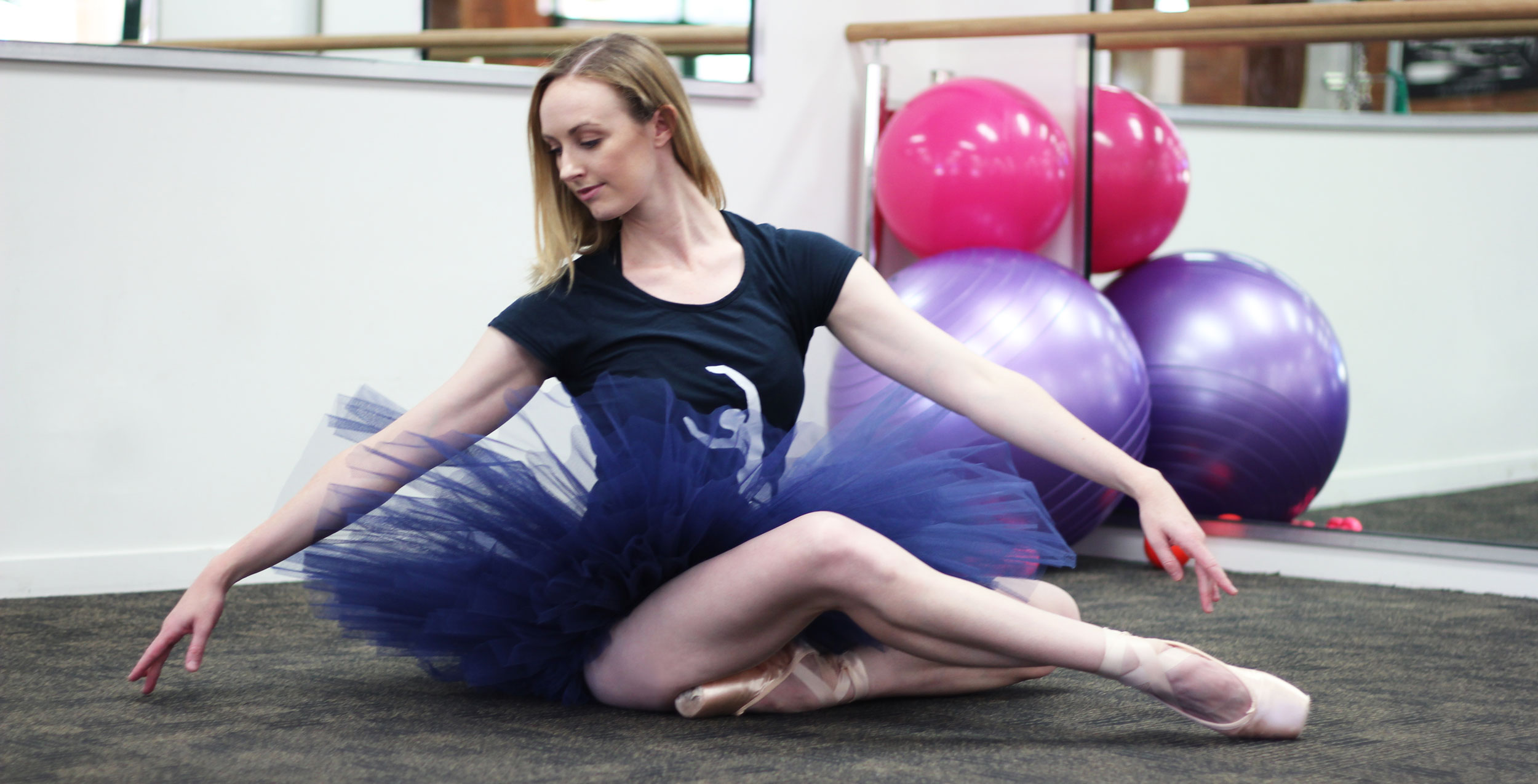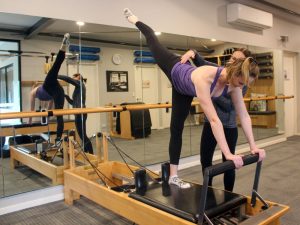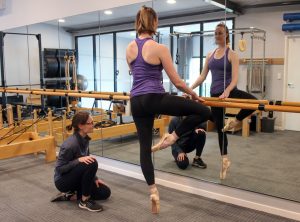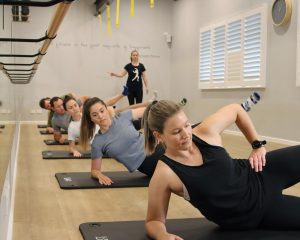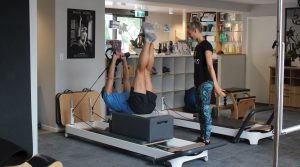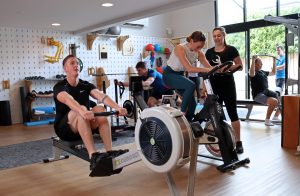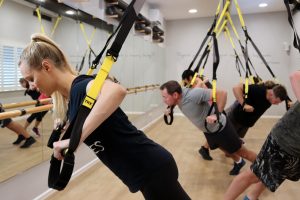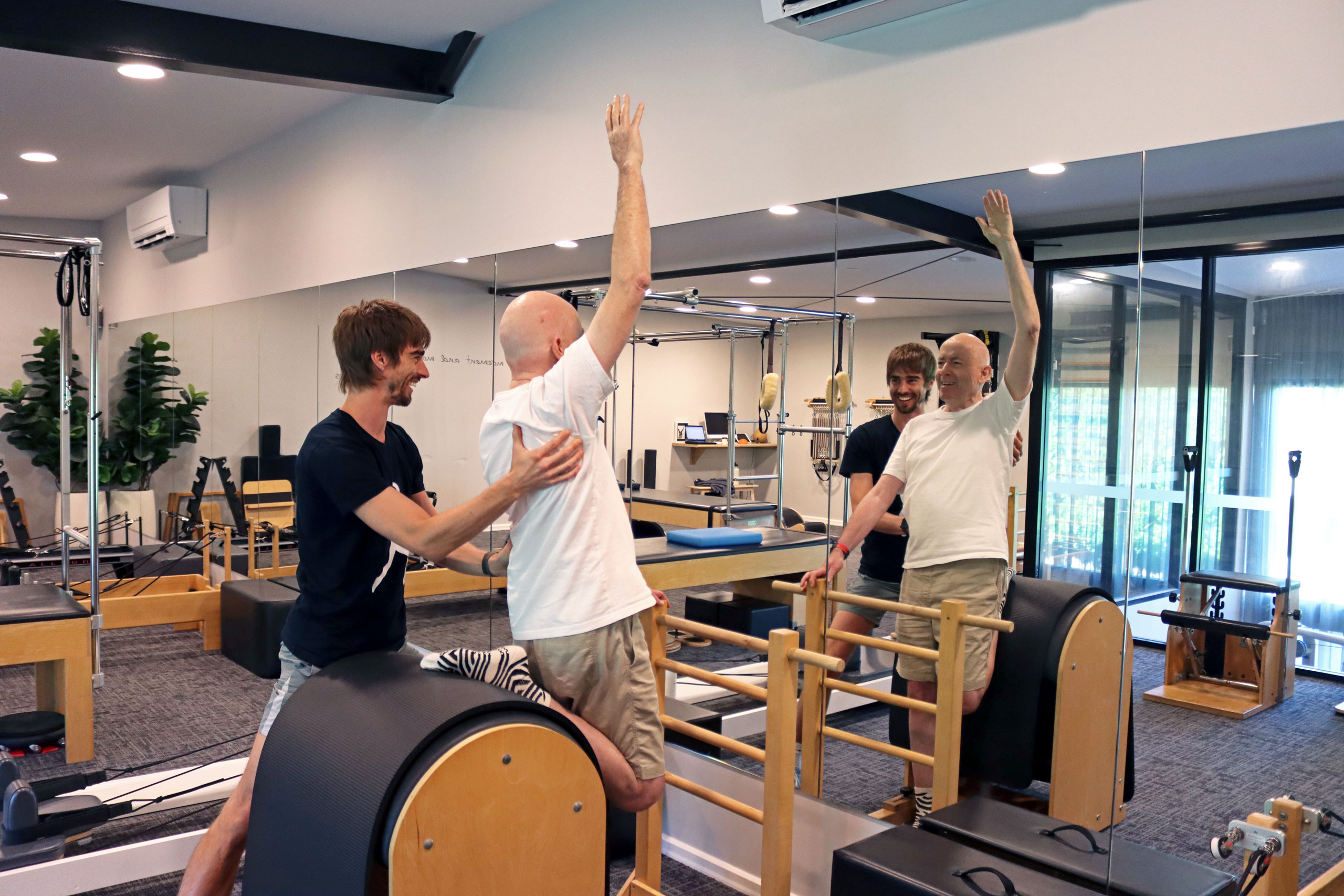
When most people think of their “core,” they imagine washboard abs or six-packs. But at The Body Refinery, we know core strength goes much deeper — and it’s one of the most important foundations for staying injury-free and moving well throughout life.
Whether you’re an office worker, athlete, parent, or recovering from an injury, building core stability is key to long-term mobility, strength, and pain prevention. And there’s no better way to do it than through the targeted, evidence-based approach we use at our Pilates and Physiotherapy studio in New Farm.
What Is Your Core, Really?
Your core isn’t just one muscle, and it’s not just about abs. It’s a group of deep stabilising muscles that include:
- Transversus abdominis (TVA) – your body’s natural corset
- Multifidus – small muscles supporting each vertebra
- Pelvic floor muscles – crucial for stability and continence
- Diaphragm – the key muscle for breathing
- Obliques & rectus abdominis – for twisting and flexing
- Erector spinae & spinal stabilisers – for maintaining posture
Together, these muscles support your spine, improve posture, and allow your limbs to move efficiently and safely — all essential for living and moving injury-free.
Why Core Stability Matters
A strong and stable core:
- Reduces the likelihood of lower back pain
- Improves posture and alignment
- Boosts balance and coordination
- Prevents injuries in daily life and sport
- Supports pelvic floor and spinal health
At The Body Refinery, we regularly see clients from New Farm and surrounding Brisbane suburbs who experience pain or dysfunction most of the time because their core muscles aren’t strong enough.
Pilates and Physiotherapy: A Powerful Combination for Core Health
Combining Pilates-based Rehab with Physiotherapy is one of the most effective ways to strengthen your core.
Our experienced Physiotherapists and Pilates instructors in New Farm use movement strategies to:
- Activate deep stabilising muscles like the TVA and pelvic floor
- Improve pelvic alignment and core coordination
- Teach diaphragmatic breathing for better movement control
- Address imbalances that may lead to pain or injury
- Guide safe progression after injury, pregnancy, or surgery
Whether you’re recovering from a back injury, managing pelvic floor concerns, or simply looking to move better, our tailored sessions meet you where you are and help build the core strength you actually need.
How to Start Engaging Your Core – The Right Way
Here are three simple ways you can start connecting to your core today:
1. Breathe Properly
Lie down or sit tall. Take a deep breath into your ribs and belly (not just your chest). As you exhale, gently draw your belly in — this starts to engage your deep core.
2. Small, Focused Movements
Core training doesn’t need to be extreme. Small movements with high focus (like heel slides or pelvic tilts) build the deep foundation that other exercises sometimes miss.
3. Get Expert Guidance
Working with a Physiotherapist or Pilates instructor ensures you’re activating the right muscles, not overcompensating with your back or hips.
Why Choose The Body Refinery in New Farm?
We’ve helped thousands of Brisbane locals build strength, improve mobility, and live injury-free with our unique integration of Physiotherapy and Pilates.
At The Body Refinery, you’ll get:
- One-on-one and small group Pilates sessions: Pilates-based Rehab Classes (link) and Studio classes (Link)
- Physiotherapist-led programs tailored to your body
- Reformer and mat Pilates options
- Pregnancy and postnatal care
- Evidence-based treatment and education
Our beautiful studio in New Farm is welcoming, fully equipped, and staffed by a team who truly understands the science of movement.
Join us through our App (link) or visit the studio in New Farm: 2/15 Lamington Street.
